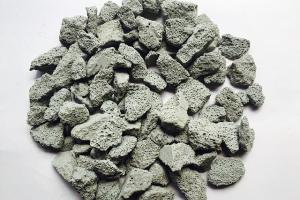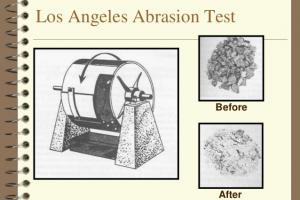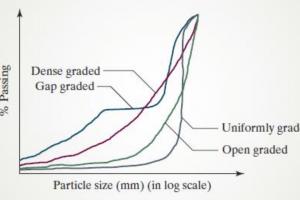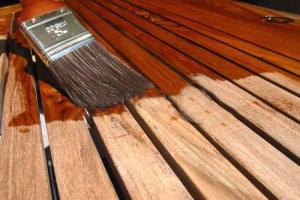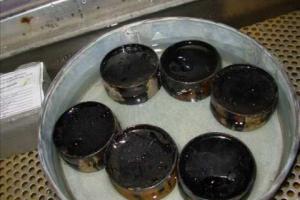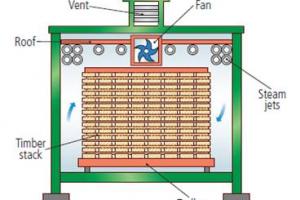Aluminous Cement or Calcium Aluminate Cements
This is the updated description for what used to be known as 'high-alumina cement' or HAC. The problem with this cement is that it is subject to what is known as 'conversion'.
This is an additional chemical change (following the initial hydrates formation) in the calcium alumino-hydrates, promoted under conditions of high humidity and temperature. These later changes generally cause a significant loss in strength (20-50%), and-possibly more importantly-this is coupled with an increase in the permeability.
Virtually all aluminous cement concrete were produced as precast units by three main manufacturers specializing in the production of prestressed, pretension concrete products. This production was undertaken mainly in the years 1946-1975 but generally ceased at the time of the bans because of the partial collapse of some constructions. The popularity of this cement was probably due to its rapid build-up of strength: for example, 28-day equivalent OPC concrete strengths were obtained after 2-3 days. The setting times of aluminous cement concrete were (and are) not significantly different from those of OPC concrete; only the hardening times differed.
Many organizations involved in consultancy or testing have carried out examinations and tests on buildings where aluminous cement concrete had been used. The prime purpose of these exercises was to assess the concrete from the structural viewpoint-that is, to assess the effect of any conversion on the strength of the concrete-rather than to study the permeability changes or any other design implications. Troubleshooting work has been undertaken in both the conversion and the permeability areas. In all, about 1000 constructions were examined (for this purpose I have categorized a number of dwellings on a housing estate as a single construction). Over the three decades referred to above about 15 000 000 precast units were manufactured, and these were built into 60000 constructions. The number of constructions would probably lie in the several hundreds of thousands if each dwelling on a housing estate had been separately counted. So a very small proportion of the total number of constructions was examined: about 1.5%.
As an illustration of the first problem area, visits to two schools with the precast units open to view (not hidden by a suspended ceiling or similar) showed that the beam ends sometimes rested on column haunch bed lengths of 1-2 mm. This was observed with children and teachers in the class. The classrooms so concerned were immediately evacuated, and remedial work was put in hand. No other undue distress or deflections of these precast elements were observed.
The second problem area was highlighted in concentrating surveys in areas of construction where there were high humidity and warm conditions, such as kitchens, bathrooms and roof areas. It was in roof areas that several cases of chemical degradation were observed. In each case, wood wool slabs were used above the units, and condensation and/or leakage was taking place. It was ascertained that the wood fiber in wood wool slabs were commonly stablised (to prevent organic growth) by treatment with calcium chloride. Effluent from condensate or leakage resulted in chloride attack on concrete made more prone to attack by conversion, causing increased permeability. The attack was mainly due to the formation of calcium alumino-chloride, and the surface had become softened to a depth of about 10 mm. Although in some cases chloride was found to have reached the prestressing wires, no problems had occurred.
Although, like OPC concrete, aluminous cement concrete is subject to carbonation however this mechanism was not found to have caused a problem.

Problem Recognition
Problems with aluminous cement can be identified by:
- Insufficient support bed lengths;
- Chloride chemical attack, resulting in surface softening.
Remedial Measures
Where insufficient support bed lengths comes, stainless steel or equivalent brackets should be fixed to the columns to extend the bedding lengths to an acceptable figure. Shims of stainless steel or similar would probably need to be placed in the gaps and grouted up to give continuity. Any shims used should not give rise to bimetallic corrosion reaction with the brackets. Where chloride chemical attack, resulting in surface softening comes, carry out remedial work to inhibit or preferably stop condensation and/or leakage. Units may have their degraded surface material removed if required and refaced with a polymer mortar.



